Fablet: FireFox + Tablet. The $200 device Mike Arrington & Co wants to build:
We Want A Dead Simple Web Tablet For $200. Help Us Build It.

I can’t figure out if this is real or a joke.. but we’re far from April Fool’s Day.
I have a strong Deja Vu feeling though. Last year I shared a Bloggers’ table with Ismael Ghalimi at a conference and watched him feverishly work away on the Redux Model 1. He showed me some of the documentation, in a matter of a few hours exchanged specs then placed an order with component suppliers – the guy was totally obsessed. As skeptical as I had been before, I started to wonder if he might just be able to pull it off – his energy level was just radiating…
But in the end, all the effort (and quite some money Ismael spent along the way) came down to nothing (at least for now): The Office 2.0 Conference gadget will be an HP 2133 Mini-Note PC.
That said, the Redux Model 1 was one guy’s heroic effort, while this project will largely be crowdsourced. Still, the hardware business is tough … I have one advice to Mike: talk to Ismael.
Update: It is not a joke:
The reason why we announced today is because we have the manufacturing/prototype etc. setup now, along with design (which we will also post for feedback etc.)
Update (7/23): Two days later, here’s the commentary from Ismael: Where is the Redux Model 1?

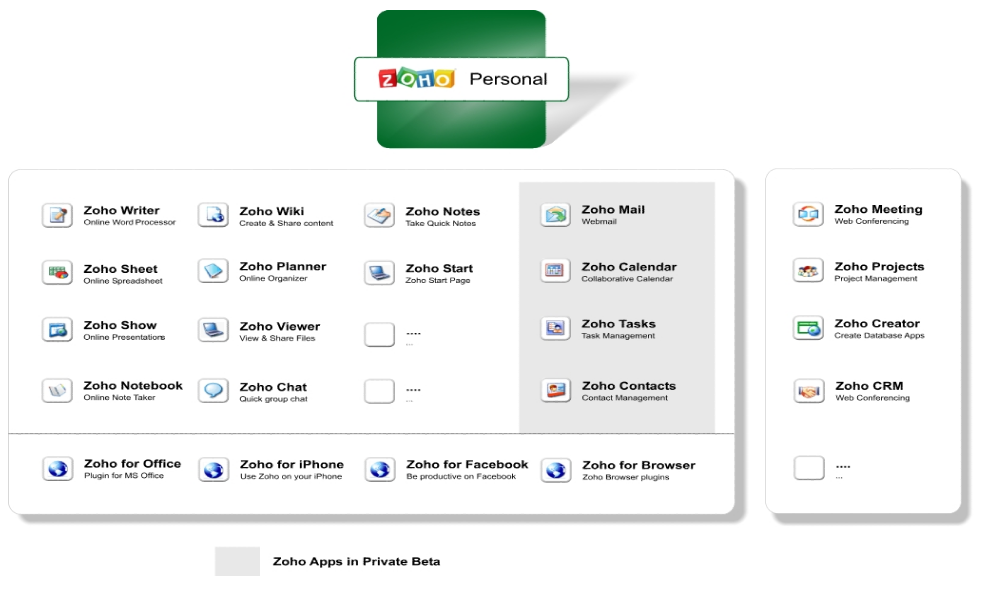
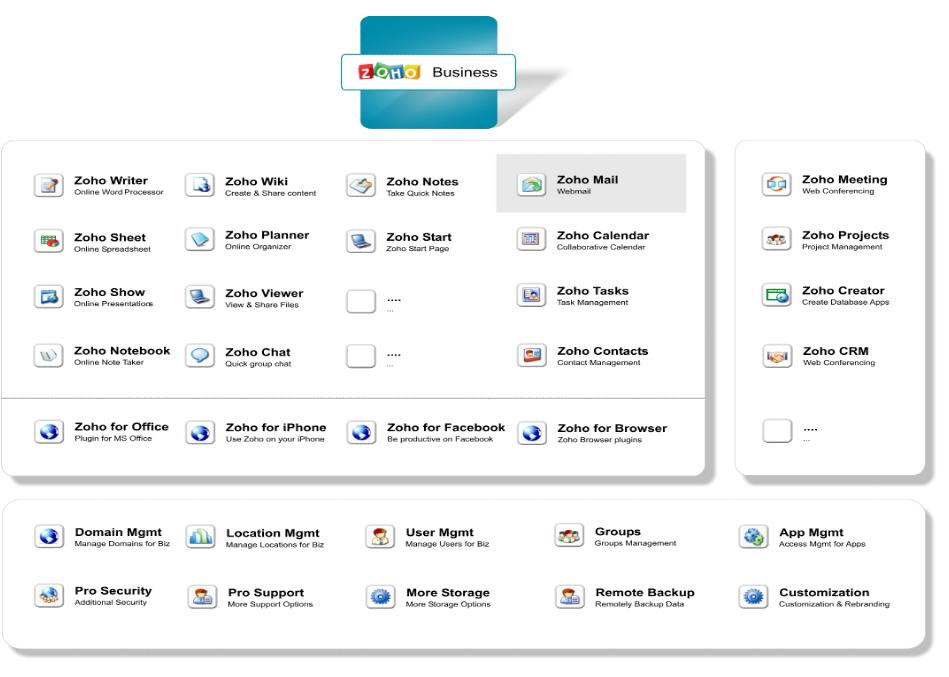

 (Updated)
(Updated)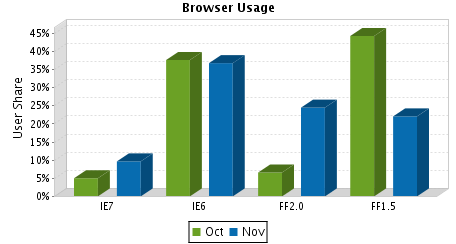
 ). Clearly, the majority of new IE7 users are not IE6 upgraders, they came from the Firefox camp.
). Clearly, the majority of new IE7 users are not IE6 upgraders, they came from the Firefox camp.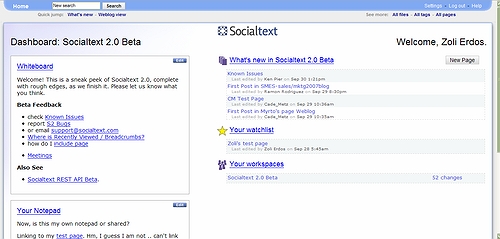
 The Home Page is of key importance in the new release: a Dashboard gives users a quick glance of a shared whiteboard, personal notepad, customizable watchlist, a listing of what’s new (i.e. recently changed pages) as well as the users active workspaces (i.e. wikis). The Home page has become the central place where you can access all extended features, like a listing of all pages, files, tags, or change settings. You can start adding information using the New Page button, which, just like the Edit and Comment buttons on all subsequent pages clearly stands out, again, passing the “blink test”. I love the new colored
The Home Page is of key importance in the new release: a Dashboard gives users a quick glance of a shared whiteboard, personal notepad, customizable watchlist, a listing of what’s new (i.e. recently changed pages) as well as the users active workspaces (i.e. wikis). The Home page has become the central place where you can access all extended features, like a listing of all pages, files, tags, or change settings. You can start adding information using the New Page button, which, just like the Edit and Comment buttons on all subsequent pages clearly stands out, again, passing the “blink test”. I love the new colored 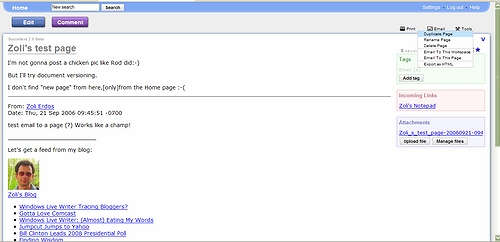
 We tend to think in structures, need organizing principles – there is a reason why books have a table of contents. Wikis, as unstructured as they are in “virgin state” are a good tool to create structure – our own one. The assumption of a parent-child relationship mimics our usual workflow, and it does not impose a rigid structure, since through through cross-linking we can still have alternate structures, no matter where we create a page.
We tend to think in structures, need organizing principles – there is a reason why books have a table of contents. Wikis, as unstructured as they are in “virgin state” are a good tool to create structure – our own one. The assumption of a parent-child relationship mimics our usual workflow, and it does not impose a rigid structure, since through through cross-linking we can still have alternate structures, no matter where we create a page.
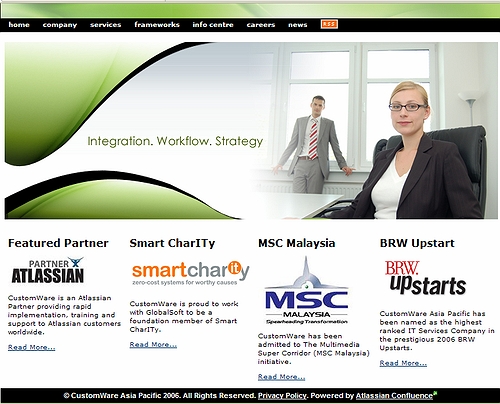
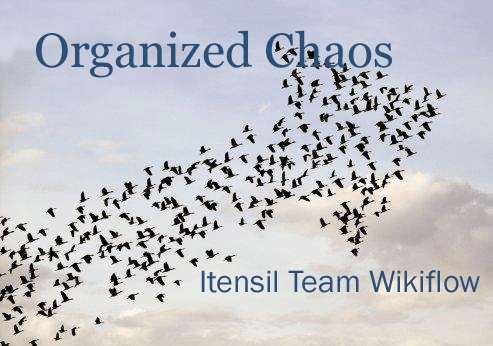

Recent Comments